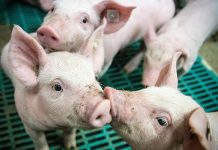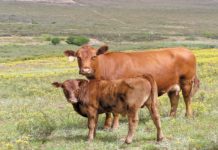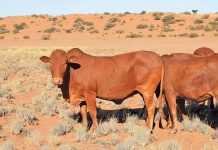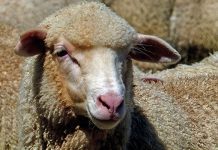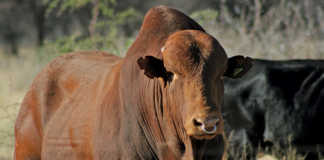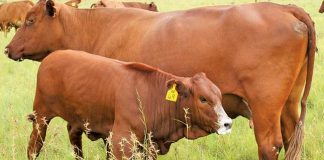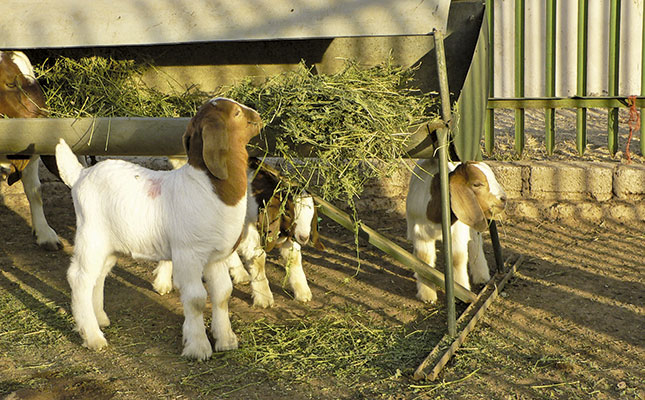
Acidosis (suurpens) is probably the most common problem that occurs amongst ruminants in a feeding pen. The condition arises when animals take in too much starch-rich feed and the rumen pH drops quickly. In addition to sudden mortality, it can cause diarrhoea and laminitis (sore feet). To prevent acidosis, give animals enough time to get used to the pen and include a buffer such as feed lime, slaked lime, bentonite or caustic soda in the die. Also, provide enough roughage. Other common conditions in the feeding pen include pulpy kidney, bladder stones and liver abscesses.
- Pulpy kidney: Sheep tend to get pulpy kidney when their feed is changed. Animals should therefore be inoculated when put in a feeding pen.
- Bladder stones: These often occur in wether and ram lambs in a feeding pen. They are formed when the phosphate intake is too high and the Ca:P ratio is less than 2:1. To prevent them, mix 0,5% to 1,0% sal ammoniac into the rations.
- Internal parasites: To clear the animals of these pests, dose them with a broad-spectrum treatment when they are put in a feeding pen.
- Liver abscesses: Too little roughage can irritate the rumen wall and cause liver abscesses. Add Tilosien or a similar substance to the diet to help prevent the condition.
- Lung infections: Good ventilation is crucial in a feeding pen. Urine collecting on the floor releases ammonia. If there is no ventilation, the ammonia can build up, causing lung problems.
- Poisoning: If you include ionophores or growth stimulants in the rations, use them in the right quantities and mix them well into the feed. These substances can be deadly if given in the wrong dose. Urea is also toxic. Include it in a diet at a maximum of 2% only. Fodder with urea must not get wet in the rain – urea can dissolve in standing water and poison the sheep.
- Vitamin B1 (thiamine) shortage: Animals fed grain for long periods sometimes develop a thiamine shortage. This condition can be prevented if 5g to 10g of thiamine hydrochloride per ton of fodder is mixed into the fodder. If shortages do occur, dose sheep with 1g of thiamine hydrochloride per sheep per day.
Housing needs
- Floor: Keep clean. Do not allow urine to collect on the floor and create wet, dirty conditions.
- Feeding troughs: When feeding sheep ad lib, provide at least 4cm of feeding space per sheep if possible. Limit wastage and protect the feed from rain.
- Water troughs: Place these as far as possible from feeding troughs. Watch out for leaks – these create a breeding place for parasites. Wet conditions can also cause foot-rot.
- Pen size: Keep only 30 to 50 sheep per pen. Separate dominant, average and shy feeders into different pens where possible.
- Floor size: Plan for about 1,8m² of floor space per sheep in open pens, and 0,4m² per sheep on slatted floors.
- Shade: Provide about 0,4m² of shade per sheep.
Source: Elsenburg info sheet by TS Brand and B Aucamp.


